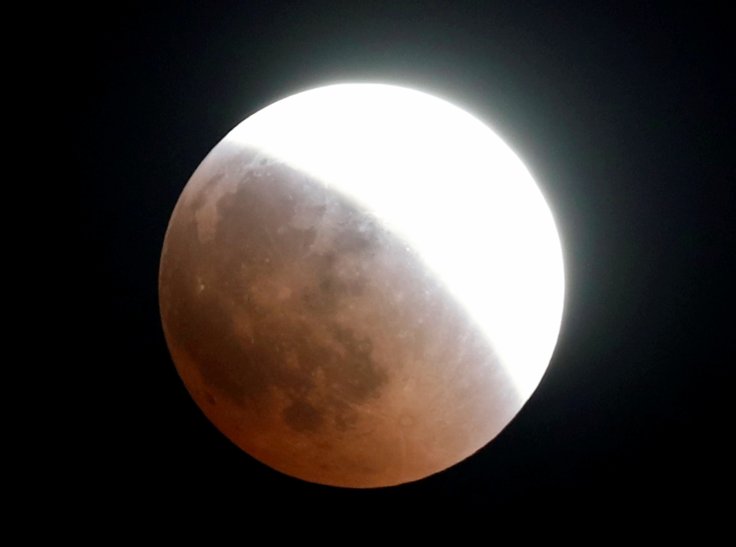
Wu Chunfeng, the chairman of space contractor Chengdu Aerospace Science and Technology Microelectronics System Research Institute Co (CASC) has revealed that China will launch a lighting satellite within the next two years to replace street lights. It would be the first ever artificial moon to launch to space.
This artificial satellite is capable of illuminating an area as large as 80 kilometres, and as an experimental run, the device will initially focus its lights on the city of Chengdu, in southwestern China.
Wu revealed the plans to launch an artificial moon during a national mass innovation and entrepreneurship activity held in China last week. During the speech, he revealed that the new satellite's illuminating power will be eight times stronger than the real moon, and the launch of the satellite could act as an alternative for street lights in the designated area.
Critics oppose the move
Even though China's step to launch such moon is widely considered a giant leap in the country's space program, critics have started opposing the move stating that a constant full moon will drastically impact the daily routine of animals which are active on nights. They also allege that continuous full moon throughout the year will negatively impact astronomical observations.
However, Kang Weimin, director of the Institute of Optics, School of Aerospace, dismissed these worries and made it clear that the artificial moon will only create a dusk-like glow in the skies which will not impact astronomical observations.
Conspiracy theorists join the party
As China unveiled their program to launch an artificial moon, several conspiracy theorists have come forward and started arguing that the United States has already launched a sun simulator in the skies. These conspiracy theorists also allege that the sun's shape is different over the past few years, and they also claim that the sun's rising and setting glow is emanating strange colours which proves the sun simulator theory.
MIT project
Earlier, researchers from the Massachusetts Institute of Technology (MIT) has created a unique light source by using a watercress plant, which will work as a desk lamp or dim light. The luminous properties can be achieved by embedding specialized nanoparticles into the leaves, which can glow for nearly four hours. The engineers are working on further development in this process and are aiming to make these plants bright enough to provide light to a workspace.









